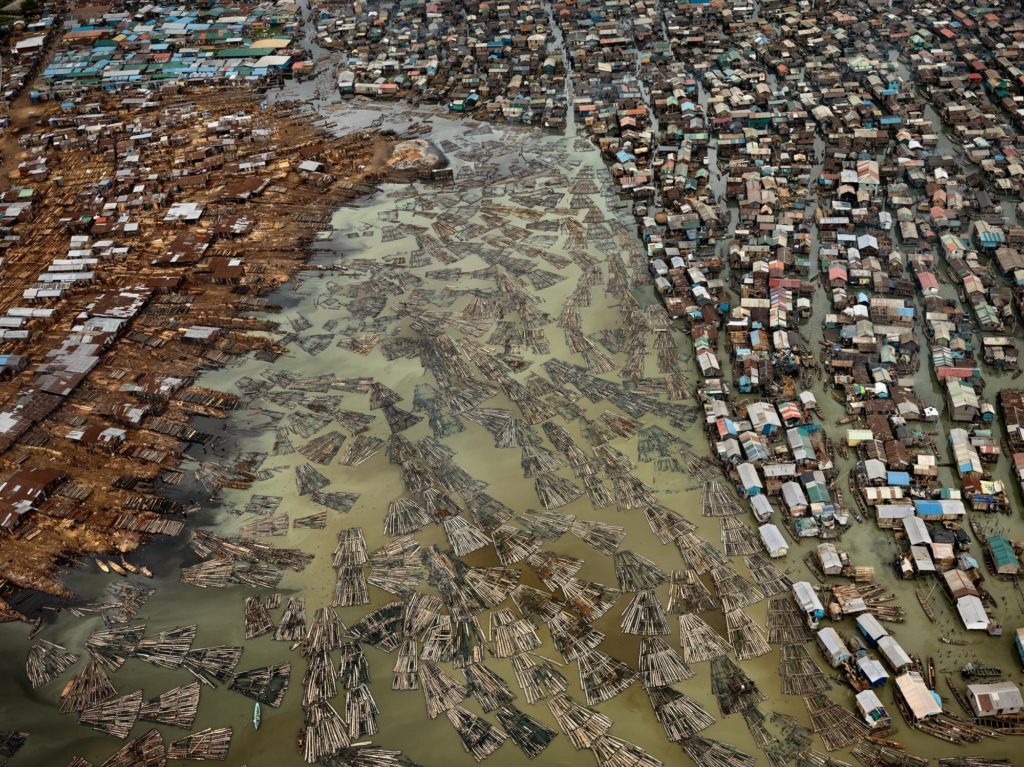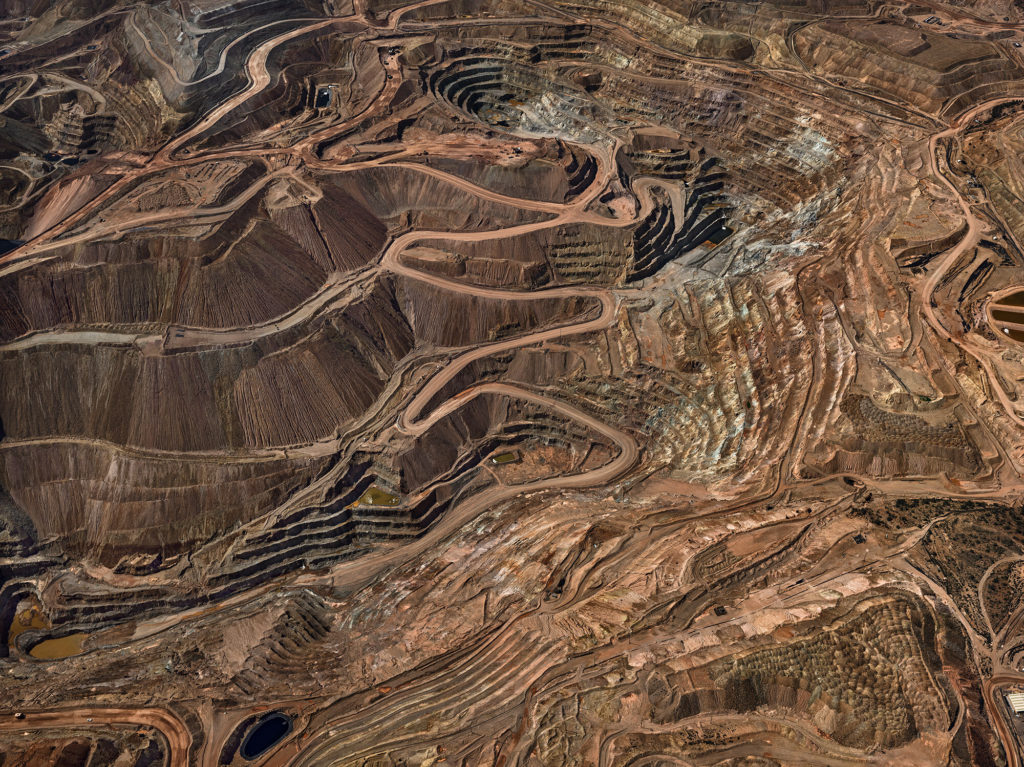What is Anthropocene?
The word combines the root “anthropo”, meaning “human” with the root “-cene”, the standard suffix for “epoch” in geologic time.
Anthropocene represents the more recent time of the earths everchanging landscape. From urbanization to great masses of landfill, the human species has had an impact on this planet like no other species before. Anthropocene documents the human impact on this earth, reviewing the significant negative impacts on the planets changing climate and eco systems. These changes include global warming, habitat loss, changes in the chemical composition of the atmosphere, oceans and soil, and animal extinctions.
It is widely believed that the Anthropocene began during the industrial revolution of the 1800s due to a colossal human impact on carbon and methane in the earths atmosphere. However, some people believe that the Anthropocene didn’t begin until 1945 due to the environmental impacts of humans dropping atomic bombs, especially Hiroshima and Nagasaki, Japan. These atomic bombs left radioactive particles scattered in soil.



Copper Mines
The documentation of Anthropocene is exhibited is many gallerys, following the work of photographers four-year collaboration between Edward Burtynsky, Jennifer Baichwal and Nicholas de Pencier, the exhibitions use both new and traditional lens-based art to create an innovative and dynamic expression of humanity’s incursions on the planet.
